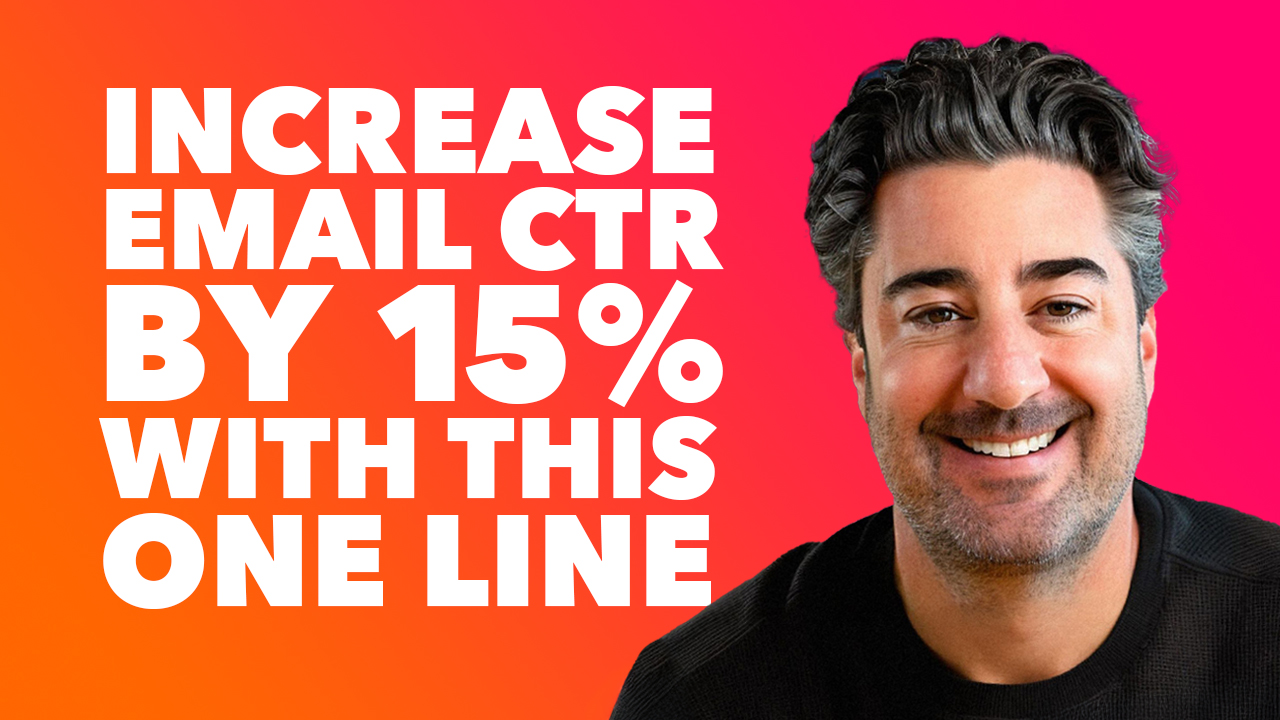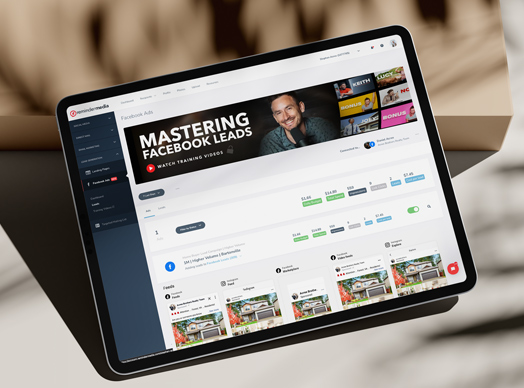A clearly defined target audience will help you refine and enhance the effectiveness of your marketing. We explain how to determine your ideal client.
Have you ever been targeted by an advertisement for a product or service that seems perfectly tailored to you? Whether you’re already interested in purchasing it, or it captures your attention because it closely aligns with your interests, the ad resonates with you. But how does a brand do this?

CLICK HERE, and we’ll send a FREE sample of our latest issue to your inbox.
They’re not magicians or mind-readers, and they didn’t serve you that ad because they’re taking a guess. Instead, they’re putting it in front of you because they know it will hit home. They’ve spent countless hours conducting target market research to develop a detailed picture of your ideal client or client avatar to ensure they reach not as many people as possible but the people who matter most.
But what is a target audience?
Great question! Let’s take it back to Marketing 101. When developing a marketing plan, determining your target audience is generally the second step after you’ve completed a business and SWOT analysis.
Sprout Social defines a target audience as “the group of people you want to purchase your products or services. This group is defined by certain demographics and behaviors, which can be segmented into specific personas.” For instance, if you’re a real estate agent specializing in first-time home buyers, your target audience will encompass new homebuyers. However, the more narrow-focused your target market is, the more effective your marketing can be in pinpointing precise needs and wants. So instead of just a broad audience of first-time homebuyers, you can take it one step further and hone in on the following groups of people:
- Newly married couples in their late 20s and early 30s
- Recently employed college graduates
- Average combined income of $100k–$150k
- Currently renting
Why is a target audience important?
The benefits of a target audience are twofold. First, defining a target audience helps your company develop effective marketing communication strategies. Focusing on individuals sharing similar needs or characteristics is a surefire way to increase sales.
In addition, a target audience can also help you connect on a personal level with your customers. Knowing the specific characteristics of your prospects enables you to tailor your marketing efforts to resonate and strike a chord with them. It will take time, but once a connection is made, then trust can be established. Once trust is established, a sale can be made.
How do I define my target audience?
Take a look at your current customer base
Your current list of customers can be revealing. Take the time to look at who currently buys from you, what they purchase, and why they’re buying. Then look for common characteristics among them. If a large group of like-minded individuals utilize your services and products, there’s a good chance that additional, similar people will want to do the same.
Research your competition
We can’t stress this enough—don’t go after the same market as your competitors! There’s no point in putting money into targeting the same group of people who your competition is after. Instead, examine your research and uncover a niche market that could benefit from your products and services.

CLICK HERE to listen.
Analyze your products and services for benefits
Sure you’re well-versed in what you offer, but do you know its benefits and which will appeal to a specific group of customers? If not, try this:
- Make a list of every feature of your product or service you provide. What’s it made of? What color is it? How big is it? What does it do? Make as comprehensive a list as you can.
- Ask, “So what?” Examine every feature, and ask yourself, “So what?” Keep asking this same question of each answer until you arrive at a genuine benefit.
- Select the benefits that matter. Not every benefit will impress your target audience. Based on your knowledge of your customer and the characteristics of your client avatar, select the ones that will best resonate with them and include them in your marketing.
For example, if you’re a real estate agent then perhaps you offer prospects a free resource explaining how they can improve their credit score. So what? If their credit score is good, they may get a better mortgage rate. So what? A better rate will save them a lot of money and may require a smaller down payment. Bingo, that’s a benefit! What type of home buyer will find that benefit most appealing? I’d suggest recently hired college students and first-time homebuyers.

Visit our Resource Library for additional FREE e-books and other free items for real estate, finance, insurance, and more.
Identify your target audience’s characteristics
Once you’ve named your target audience, you’ll want to describe its members in as much detail as possible so that you can create the most persuasive appeals. Construct a profile of your client avatar to include their demographic and psychographic characteristics. You’ll want to know who your client is as well as what might motivate them to buy.
Evaluate your decision
Once you’ve determined your target market, you’ll want to evaluate your decision. Consider whether there are enough people that fit your criteria, whether they’ll truly benefit from your product or service, and if you fully understand your audience to discover what drives their behavior.
While drawing up your target audience can take hours of research and copious amounts of caffeine, the outcome will certainly be worth it. An effective target market will give you the most bang for your marketing bucks and drive your sales.




















